- The Yangtze River Economic Belt is focusing on building five world-class manufacturing clusters

Look! The Yangtze River is an ancient civilized river that has nurtured Chinese descendants for thousands of years. It has gathered the unique cohesion of the Chinese nation. From the feudal period of the Yangtze River to the current golden waterway, it naturally forms a network connecting all parts of China. This mother river serves as a new era of China. The development of the golden waterway has spawned a world-class manufacturing cluster, which will help the rapid development of China's manufacturing economy.

At present, the Yangtze River Economic Belt will make use of the existing industrial base in the region, relying on the national and provincial levels of 11 provinces and cities in the region, including Shanghai, Jiangsu, Zhejiang, Anhui, Jiangxi, Hubei, Hunan, Chongqing, Sichuan, Yunnan, and Guizhou. Grade-level development zones and industrial parks, in the five fields of electronic information, high-end equipment, automobiles, home appliances, and textiles and garments, jointly undertake the construction of an industrial chain covering the entire Yangtze River Economic Zone, and guide the transfer and agglomeration of related industries to form a resource and environment Industrial space layout, cultivate five world-class manufacturing clusters with international advanced level.
Five world-class industrial clusters on the Yangtze River Economic Belt
First of all, as the core of the high-tech industry, the electronic information industry has gradually become a pillar industry of the national economy. Therefore, only with the support of government policies, the electronic information industry in the Yangtze River Economic Zone can obtain better development prospects. In addition, although the electronic information industry in the Yangtze River Economic Zone has good development prospects, certain development goals must be formulated to achieve coordinated development of the industry as a whole. 52 development zones and industrial parks have been arranged in Shanghai, Jiangsu, Hubei, Chongqing, Sichuan and other places as the main carriers of this industrial agglomeration. Among them, Hefei and Chongqing focus on the development of new flat panel displays to improve the supply of key products such as high-generation masks; Shanghai, Jiangsu, Zhejiang, Hubei, Sichuan, and Guizhou focus on the development of industrial application software, embedded software, software and information technology services , Cultivate and strengthen the big data service format. Qin Zunwen, vice president of the Hubei Academy of Social Sciences in the Yangtze River Economic Belt, said that along the Yangtze River, there are strong advantages in the R&D and manufacturing of the electronic information industry. For example, Wuhan recently invested 24 billion U.S. dollars to build a national memory base. Many electronic information manufacturing industries are shifting from downstream cities to Changzhou, Wuhan and other places. Chongqing has become the world's largest notebook computer production base. Obviously, the continuous renewal of high-tech industries is also driving the economic development of cities along the Yangtze River.

The second is the high-end equipment industry. This industry is the second largest industrial agglomeration and is the most widely distributed. There are as many as 82 development zones and industrial parks in the upper, middle and lower reaches of the Yangtze River. Among them, Shanghai, Sichuan and other places integrate superior industrial resources and develop special aerospace equipment; Zhejiang, Anhui and other places develop high-end CNC machine tools, industrial robots, 3D printing, intelligent instrumentation and other intelligent manufacturing equipment; Hunan, Guizhou and other places develop high-speed railway integration Manufacturing of vehicles and parts; Chongqing, Jiangsu and other places develop the manufacturing of urban rail vehicles. The tertiary industry automobile involves 20 related parks. The Yangtze River Economic Belt already has a considerable foundation in the field of equipment manufacturing and automobiles. What these places need is not the incubation and cultivation of industries, but the optimization and upgrading. "On the one hand, it is necessary to increase the global market share of these industries, and on the other hand, it is also necessary to increase the proportion of innovation in product value-added."

Due to the fierce domestic car market and slow brand development, a large number of foreign cars are predominant, and domestic cars are at a disadvantage in market competition. If we want to occupy the market in the future car development, we must grasp the current trend of environmental protection and emission reduction. The Yangtze River Automobile Industry Cluster will rely on Shanghai, Nanjing, Hangzhou, Ningbo, Wuhan, Hefei, Wuhu, Changsha, Chongqing, Chengdu and other places to improve the innovation capabilities of complete vehicles and key components, and promote the development of low-carbon, intelligent, and networked. Relying on parts production bases in Zhejiang, Anhui, Hubei, Jiangxi, Hunan, etc., focus on improving the technology and performance of key systems and parts such as power systems, transmission systems, automotive electronics, and forming an independent supply capacity of core key components for Chinese brand automobiles. In Shanghai, Jiangsu, Anhui, Hubei, Chongqing and Sichuan, focus on the development of new energy vehicles and actively develop intelligent connected vehicles. Use its own advantages in new energy vehicles to promote its own development and strive to occupy a favorable market position.

Home appliances are household appliances driven by electric energy, including large household appliances used to satisfy and improve basic life functions, household appliances used to provide audio-visual entertainment functions, and small electrical appliances that can be easily moved and used. Household appliances industry clusters deployed along the river, With Jiangsu and Anhui as the key areas, in accordance with the development direction of intelligent, green, and healthy, accelerate the breakthrough of core technologies such as intelligent technology, frequency conversion technology, energy saving and environmental protection technology, new materials and new energy applications, and key component upgrades, and focus on the development of intelligence High-quality home appliances such as energy-saving and environmentally friendly inverter home appliances, healthy kitchen and bathroom appliances, smart toilets, air-source heat pump air conditioners, large-capacity refrigerators and washing machines, promote the transformation of home appliances from well-known domestic brands to global brands.

The textile and garment clusters along the Yangtze River involve 35 industrial parks and focus on the Yangtze River Delta region to promote the formation of textile and garment design, research and development and trade centers, and to enhance the innovative capabilities of high-end garment design. Build modern textile production bases in Hunan, Hubei, Anhui, Jiangxi, Sichuan, Chongqing and other places to promote the rational division of labor in the regional textile and garment industry. Relying on the silk and hemp resources in Yunnan, Guizhou and other places, the traditional textile technology of ethnic minorities, and the proximity to Southeast Asia, we will vigorously develop tourism textiles. Accelerate the development and industrialization of differentiated fiber, high-tech fiber and biomass fiber technology in Jiangsu and Zhejiang. Combining local characteristics and fashionable clothing of the times, take the production proportions and build a world-class textile and garment cluster.
Linkage of the Golden Waterway
Qin Zunwen said that as the cost of production factors in the lower reaches of the Yangtze River continues to rise and the pressure on resources and the environment increases, it is in line with the objective laws of the economy to realize the gradient transfer of industries against the Yangtze River. Previously, China has explored some industrial transfer mechanisms through industrial counterpart cooperation. For example, Shanghai's counterpart in Yunnan, and its counterparts in the Three Gorges Reservoir area have promoted the transfer of industries in related regions. He pointed out that industrial parks can form agglomeration and scale effects in the process of undertaking industrial transfers, which can avoid the problem of low benefits caused by "flowering everywhere", and the preferential taxation and land in some parks are highly attractive for the transfer of some industries. . The industrial transfer in this region is facing fierce international competition. “Industrial transfer is the choice of the market. How to guide the transfer of low-cost industries to the upper reaches of the Yangtze River, rather than to Southeast Asia and other regions is a noteworthy issue.” It should be a win-win approach. Strengthen industrial cooperation in this region. "For example, when some places have developed to a certain level, they can be used as industrial enclaves or joint operations in appropriate upstream areas. The focus is to break the barriers of regional division and find ways and mechanisms for mutual benefit."

At present, people from all walks of life have reached a consensus that it is imperative to build industrial clusters across the entire Yangtze River Economic Belt by relying on the Yangtze River as the golden waterway and taking advantage of location, industry, labor, and market. Judging from foreign experience, developed countries in Europe and the United States have adopted similar practices. For example, the Mississippi Economic Belt in the United States and the Rhine Economic Belt in Germany have formed large-scale industrial clusters in the automotive, equipment manufacturing, and chemical industries, and they have also created many large-scale enterprises with international competitiveness. Wu Qi, head of the Commercial Bank Research Center of Evergrowing Bank, said that the riverside economic belt has the advantages of low-cost water transportation, easy communication between node cities, and close industrial division of labor and coordination. At the same time, it can also achieve coordinated management of the ecological environment of the river basin. By relying on more than one hundred industrial parks and development zones in the region to jointly build five major industrial clusters, the resource endowments and development advantages of provinces and cities along the river can be further utilized. This will continue to optimize the industrial layout and development level of the Yangtze River Economic Belt in the future, and promote the industry in the region. Transform from low-end to mid-to-high end.

In summary, combined with the development of the five major industrial clusters of the Yangtze River, the development of the Yangtze River Economic Belt as a grand system project requires the cooperation of all parties and all walks of life, including the scientific and technological community, to carry out basic research and forward-looking research to provide guarantee and support. Peng Peng, vice chairman of the Guangdong Institutional Reform Research Association, said that the Yangtze River Economic Belt has many advantageous industries, and at the same time, the industrial level is more reasonable. The labor force in the region is abundant, water and shipping resources are abundant, and it is also close to the market. The right choice for the entire region's industrial chain. He also believes that with the gradual formation of the above five industrial clusters, the industrial structure of the upper, middle and lower reaches of the Yangtze River will be further optimized, and the Yangtze River Economic Belt will form a new industrial structure and continue to drive the coordinated development of adjacent regions. In the future, the industrial clusters along the Yangtze River will make full use of their geographical advantages, all the way down the river to sea directly, and take the sea trade to go out of China and enter the world trade market.Editor/Xing Wentao
Comment
 Praise
Praise
 Collect
Collect
 Comment
Comment
 Search
Search


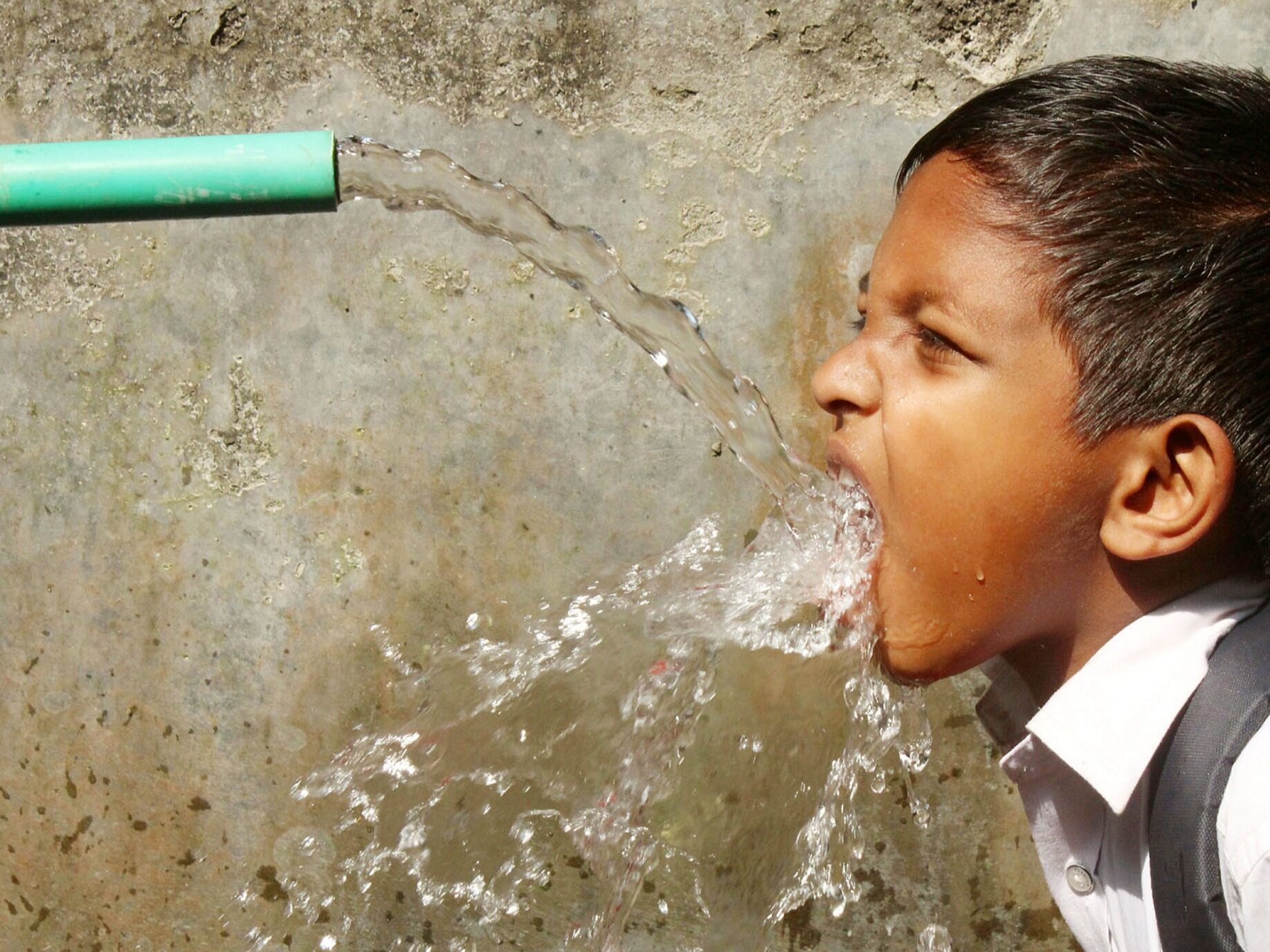
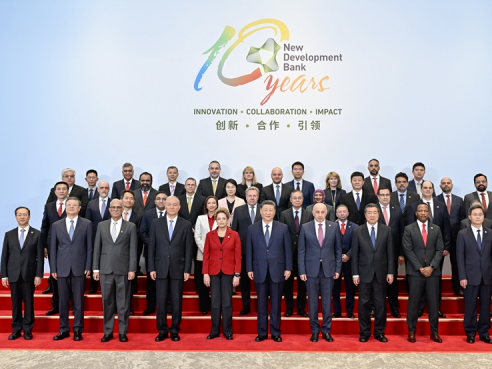
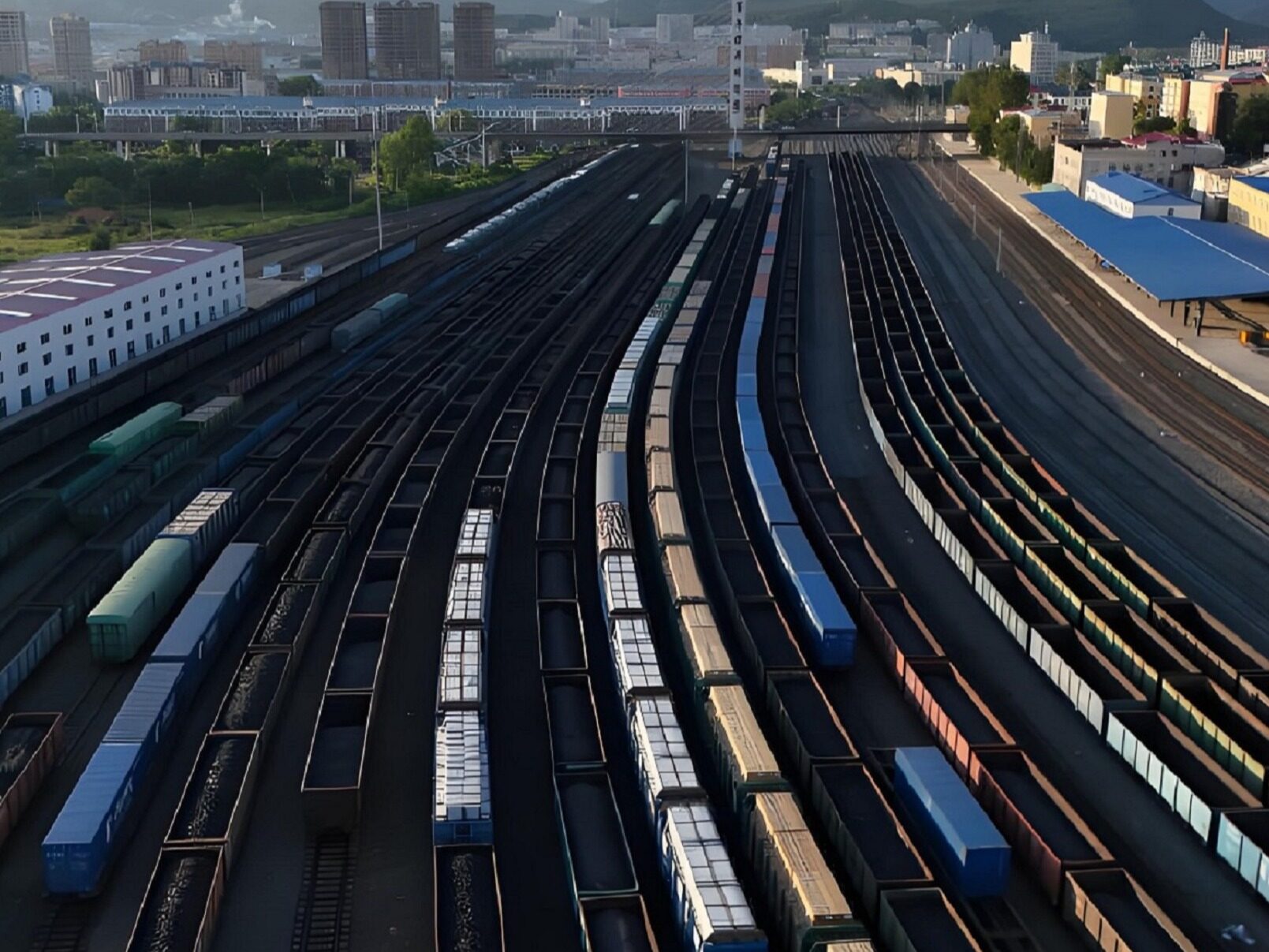
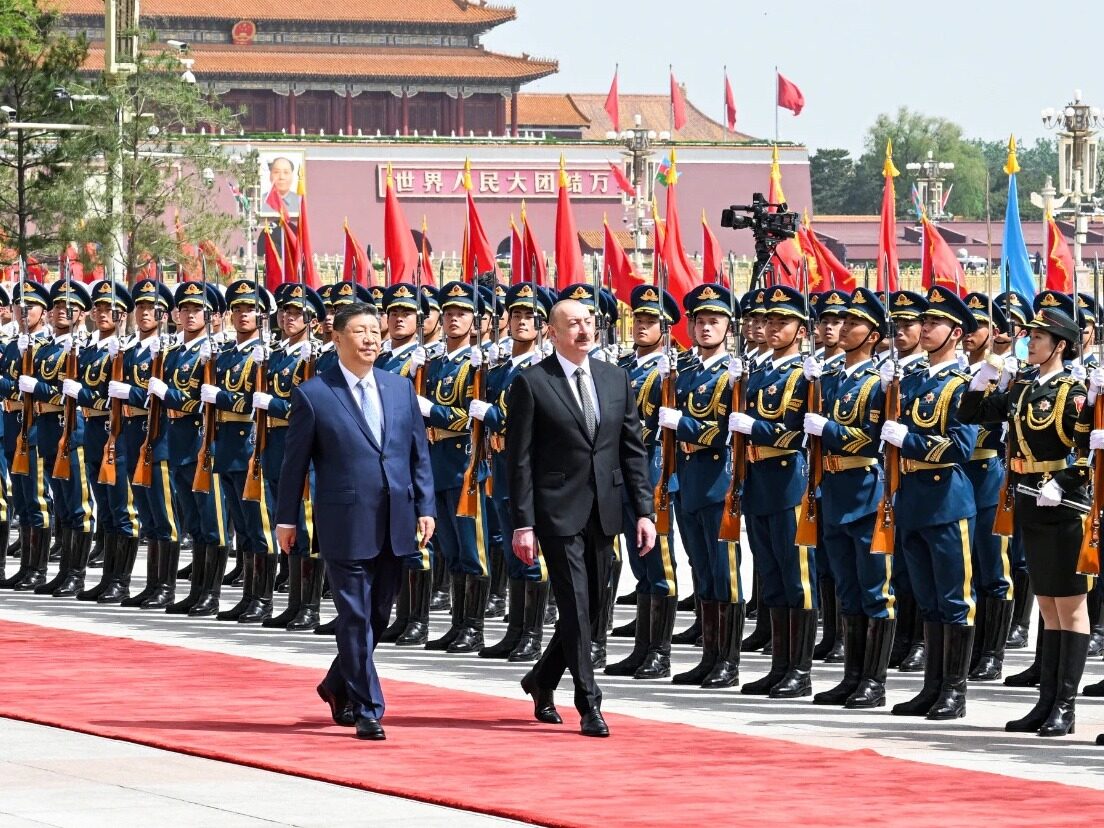

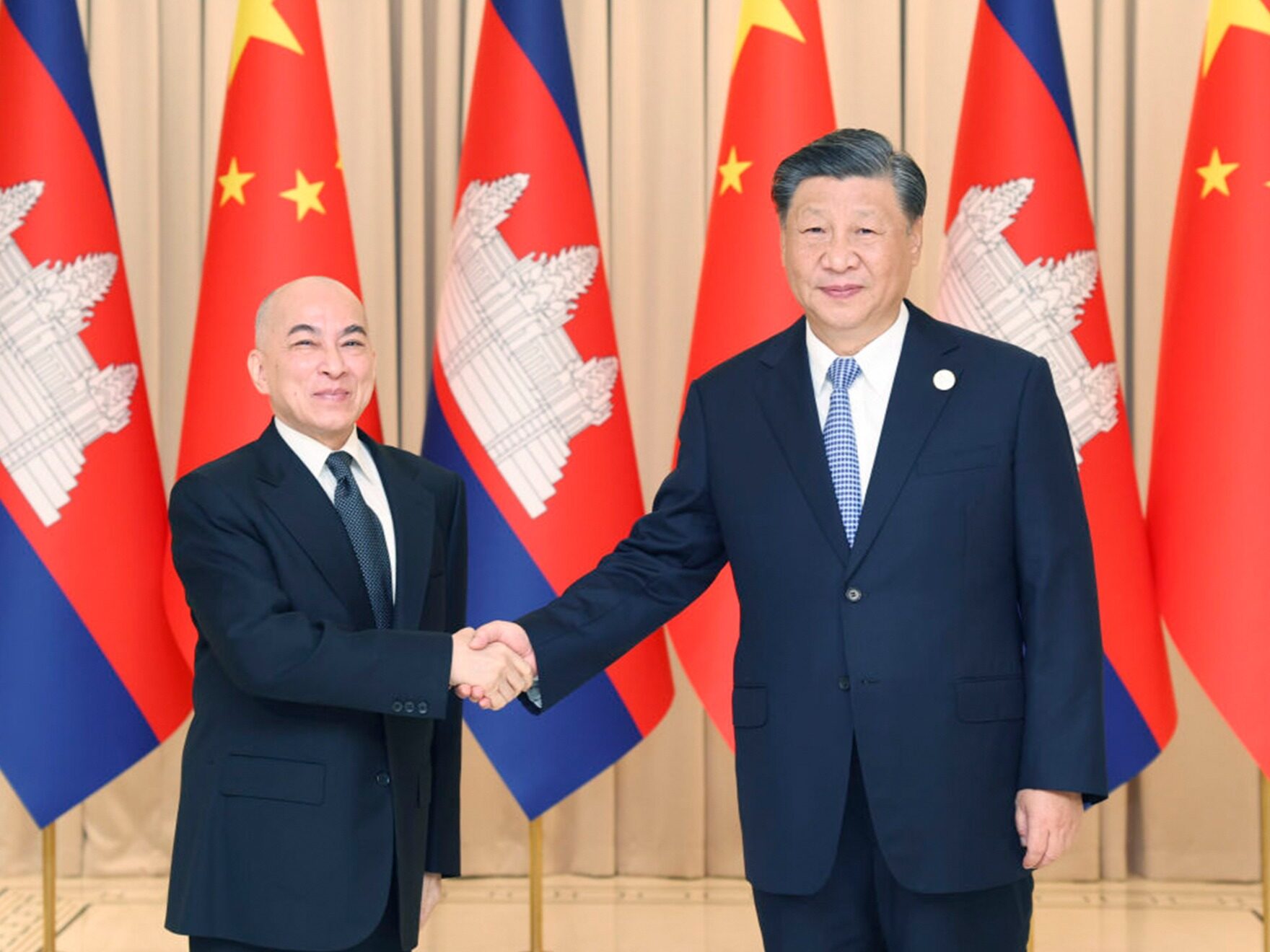






Write something~